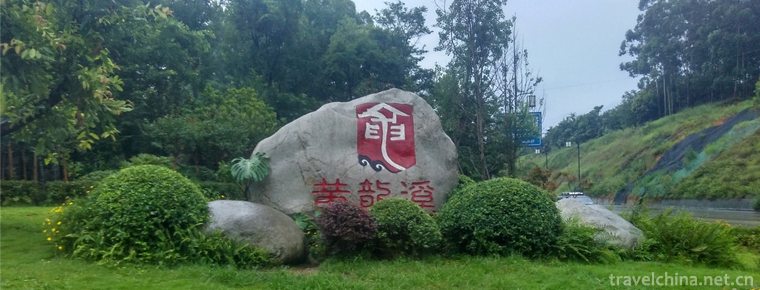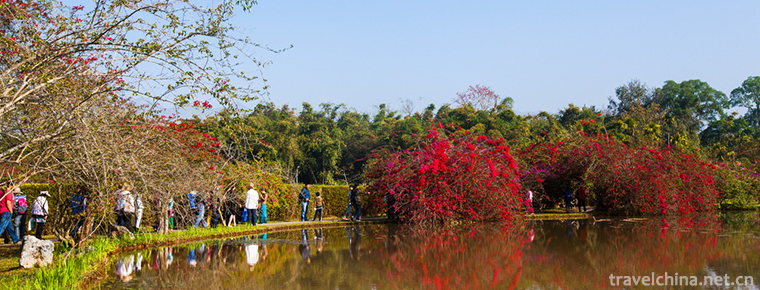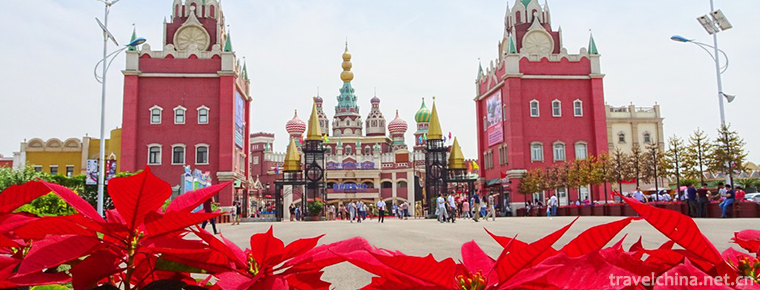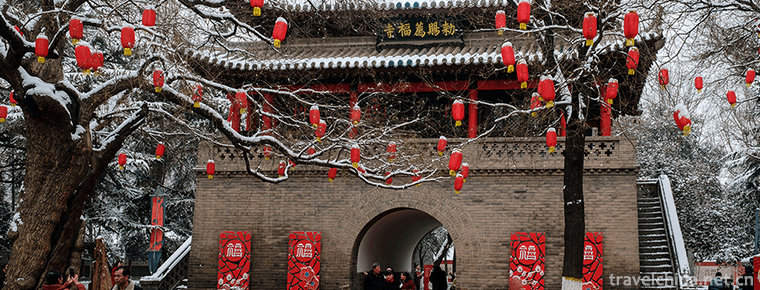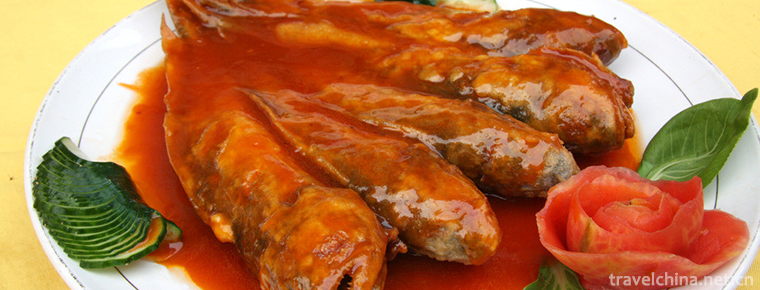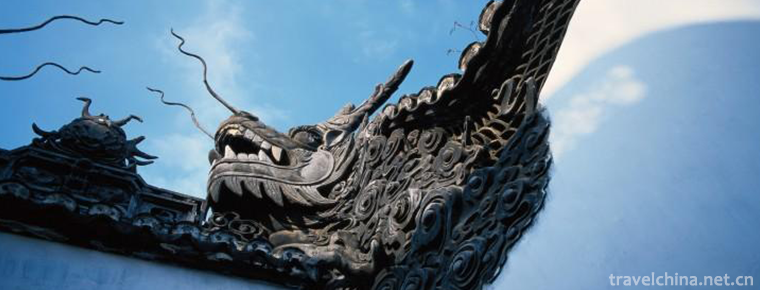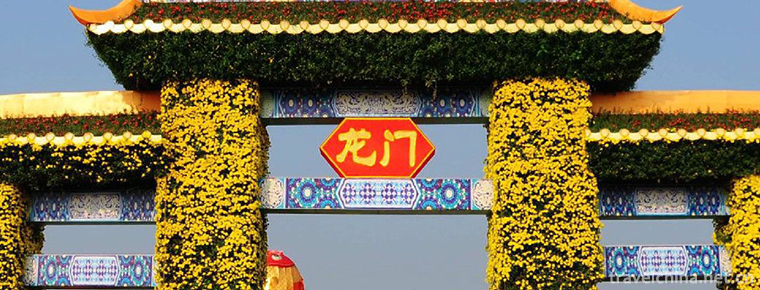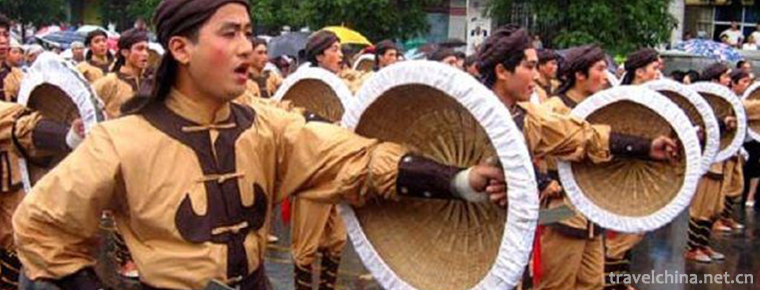Sheng Guanyue
Sheng Guanyue
The term "Sheng wind music" is not only a popular name in Chinese folk, but also a scientific name in the current academic circles. It refers to the orchestral performance form consisting of pipes (called Sheng in ancient times) as the main musical instrument, pipes, Sheng and flute as the framework, and other wind instruments, stringed instruments and percussion instruments. In its historical development, it has formed its own palace tune system, music score, performance style and social function, which is an important part of Chinese traditional music.
It is commonly known as folk music, because Buddha, Taoism, secular artists call it Shengguan music, shengguan, wind music, pipes, music, concerts and so on. The intention is very clear: pipes play the main part, and pipes do not divide.
There is a process of development for Sheng wind music to become the academic name of the current academia. At first, it was regarded as a form of drum music. Because of the prominence of the main instrument, it was also called wind music (such as Jizhong wind music).
On May 20, 2006, Shengguan Music was approved by the State Council to be included in the first batch of national intangible cultural heritage list.
historical origin
The traditional Chinese Shengguan music is distributed in the Central Plains and the vast northern areas. From the current regional distribution of the remaining Shengguan music species, it is centered in North China and radiated in the surrounding areas, mainly popular in Henan, Hebei, Shanxi, Shaanxi, Gansu, Liaoning, Shandong, Hubei and Beijing, Tianjin and other regions of the folk, monasteries and Taoist concepts. Historically, these areas are the political, economic and cultural centers of ancient Chinese feudal society. The ancient capital culture has become the dominant culture of its time, and has become a cultural tradition through successive dynasties. In the social background of China's super-stable feudal system for two thousand years, the super-stability of traditional music culture is particularly prominent. Therefore, traditional Sheng wind music is not only a concept of modern music department, but also a concept of history and culture, which occupies an important position in Chinese traditional music culture. Historically, the formation of Shengguan music is inseparable from the ruling class, religious development, folk customs and customs, and its development is accompanied by the development and changes of the feudal social system in China as a whole; from the perspective of social application, it runs through the courts, army, government, patriarchal clan villages, temples, Taoism and folk of all dynasties. It is not only an indispensable part of various rituals and rituals, but also an integral part of them. Musical life from the imperial court to the folk is closely related, and develops and changes with the advance and change of ideology and culture. It carries the music and cultural information of different historical stages and embodies the "high culture" quality of traditional Chinese music.
artistic characteristics
All the performers of Jizhong wind instrument are farmers who are not divorced from agricultural production. They gather to play every night except in the busy season. Especially those teenagers with strong desire for knowledge, both men and women, are the most active and hard-working objects to learn and inherit the skills of blowing songs. In addition to self-entertainment, sometimes also participated in folk marriage, funeral, joy, celebration etiquette performance (in the village performance is not paid, when hired to play outside the village is paid). Especially every year around the Lantern Festival (January 15th), it is the peak of the blowing song activities. Every village blowing song will be hired to the neighboring friendly village husband "string villages" to play all the way, and the band will go into the village with firecrackers, gongs and drums, loud and lively.
Representative Works
Pu'an Curse is one of the traditional Suites played by all kinds of folk Sheng orchestra. The suite was compiled by Rongzhai, a Mongolian scholar in the Qing Dynasty, and also played by string instruments. Pu'an is the name of a famous monk in Song Dynasty. He compiled chant-like verses with Sanskrit letters for religious believers to learn Sanskrit. Therefore, Pu'an Curse in Northern Shanxi is the abbreviation of "Pu'an Dade Zen Master's Interpretation of Zhang Shen'an" used by Buddhist monks daily homework. The melody of Pu'an Mantra is gentle and sincere. Accompaniment often uses Shengguan and tunic chamber to show a quiet and detached mood. In chanting, Sheng Guan accompanied, pious and solemn and full of vitality. This suite of songs varies greatly because of the differences in religious sects, class and society inheritance and vocal instruments, but the basic melody is basically the same.
Inheritance Significance
As an important intangible cultural heritage of China, it is necessary to carry on Inheritance and protection in the process of studying history through culture and protecting traditional national culture.
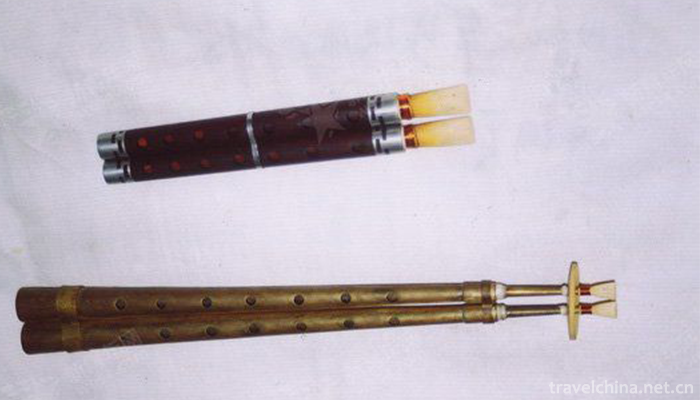
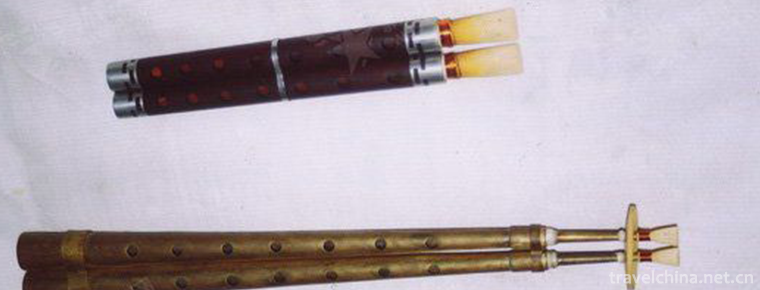
Sheng Guanyue
-
Huang Longxi
Huanglong Valley, Shuangliu District, Chengdu, Sichuan, China
Views: 150 Time 2018-10-02 -
XiShuangBanNa Tropical Botanical GardenChines
Xishuangbanna Tropical Botanical Garden of the Chinese Academy of Sciences, National AAAAA Tourist Scenic Area, is located in Huludao, Mengla Town, Mengla County
Views: 174 Time 2018-12-12 -
Dongchang Lake Scenic Area
Dongchang Lake Scenic Spot, located in the southwest of Liaocheng City, a famous national historical and cultural city, belongs to Dongchangfu District and is a national AAAA-level tourist scenic spot
Views: 161 Time 2018-12-20 -
Yaoshi Scenic Spot
The Youshi Scenic Spot is located on the South Bank of Youshi Hainan, Haojiang District, Shantou City, across the sea from Jinping District. It is the first provincial-level scenic spots in Guangdong
Views: 753 Time 2019-02-07 -
Tianjin Binhai Carrier Theme Park
Tianjin Binhai Aircraft Carrier Theme Park (hereinafter referred to as "Binhai Aircraft Carrier") is located in Hangu Bagua Beach, Binhai New Area, Tianjin City
Views: 216 Time 2019-02-21 -
Little wild goose pagoda
Xiaoyan Pagoda is located in the Jianfu Temple of Anrenfang, Chang'an City, Tang Dynasty (now the southern suburb of Xi'an City, Shaanxi Province), also known as the "Jianfu Temple Pagoda".
Views: 234 Time 2019-02-25 -
Boiled yellow croaker
Boiled yellow croaker is a traditional dish with Shandong characteristics. It belongs to Shandong cuisine. Its main ingredient is yellow croaker. It is a dish with soft meat, rotten but not spoiled, a
Views: 214 Time 2019-03-24 -
Restoration Techniques of Ancient Architecture
Ancient buildings are an important part of historical relics in China. Protecting, restoring and renovating ancient buildings is one of the important tasks in the protection of cultural relics.
Views: 206 Time 2019-05-01 -
Xiaolan Chrysanthemum Club
Xiaolan Town, located in the middle of the Pearl River Delta, is an important town in Zhongshan City, Guangdong Province. Xiaolan has the reputation of "Chrysanthemum City". Chrysanthemum cu
Views: 294 Time 2019-07-06 -
Yongxin Shield Dance
Shield dance, also known as men's group dance rattan dance, roll the shield, reflects the most primitive national cohesion, team spirit and fighting spirit. Shield dance is mainly spread in Longyuanko
Views: 169 Time 2019-07-14 -
North China University of Technology
North Polytechnic University was founded in 1946. Its predecessor was the National Beiping Advanced Industrial Vocational School. It was renamed Northern Polytechnic University in 1985 and has been ma
Views: 214 Time 2019-09-06 -
Meishan scenic spot
Meishan has a long history and culture and many cultural relics. Meishan County, where the municipal government is located, has a history of 1505 years. It is a famous town of Sansu culture. There are 2 provincial cultural relics protection unit
Views: 358 Time 2020-12-18
